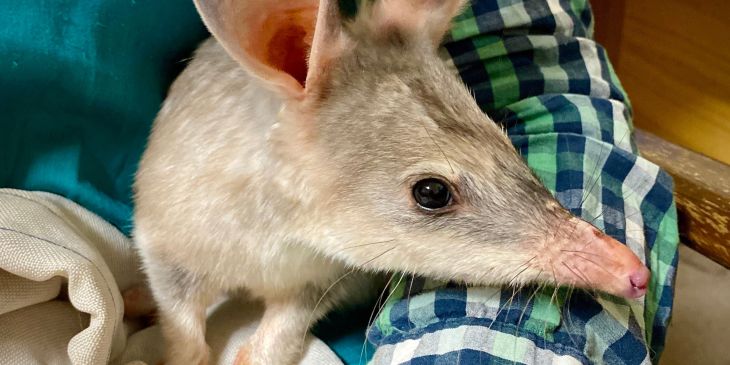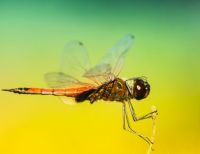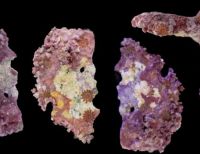
Bilby. Photo: Yuanyuan Cheng.
There were once two bilby species, the Lesser bilby, which became extinct in the 1960s, and the Greater bilby that now exists in only 20 percent of its former habitat range, mostly in the central deserts of Western Australia and the Northern Territory.
Bilby populations went into steep decline after European arrival and the introduction of feral cats and foxes, as well as rabbits competing for food sources. Bilby populations are often managed in the wild by Indigenous rangers, while about 6000 live in fenced sanctuaries, islands and zoos.
Using DNA from a deceased zoo bilby, a team led by the University of Sydney’s Professor Carolyn Hogg has sequenced the genome of the surviving Greater bilby. The team also created the first genome for the extinct Lesser bilby from the skull of a specimen collected in 1898.
“The Greater bilby reference genome is one of the highest quality marsupial genomes to date, presented as nine pieces, representing each of the bilby chromosomes,” said Professor Hogg from the Australasian Wildlife Genomics Group. “It offers insights into biology, evolution and population management.”
A reference genome is the equivalent of having a puzzle box lid; it’s a way of knowing what all the DNA puzzle pieces mean.
“It helps us understand what gives bilbies their unique sense of smell and how they survive in the desert without drinking water,” Professor Hogg said.
The Greater bilby genome comprises of about 38,000 protein coding genes across nine chromosomes with 3.66 billion base pairs. By comparision, the human genome has about 19,900 protein genes across 23 chromosomes with 3.2 billion base pairs.
















